Retirement Readiness Part I: Preparing for the Transition
If you’re 10 years or so away from retirement, you’ve probably spent at least some time thinking about what your life will look like after retirement. How will you manage the transition? Will you travel, take up a new sport or hobby, or spend more time with friends and family? Should you consider relocating? Will you continue to work in some capacity? Will changes in your income impact your standard of living?
When you begin to consider all the issues surrounding the transition, the process can seem downright daunting. However, thinking about a few key points now, while you still have years ahead, can help you focus your efforts and minimize the worry that often accompanies the transition into retirement. Here are some areas to focus on that can help prepare you financially.
(Re) assess your living expenses
Prior to retirement, you likely need to closely scrutinize your living expenses and consider how they could change in retirement. For example, while commuting, dry cleaning, clothing and other work-related costs may decrease, other budget items may rise.
We have found that for many of our clients, they see an increase in travel and recreational costs during the early years of retirement. Additionally, health-care costs, may increase as one progresses through retirement.
For most people, when it comes to spending in retirement, there are generally 3 distinct time periods.
Phase 1: This is the early years of retirement. New retirees usually have a list of places they want to see and things to experience. With good health and an abundance of energy, travel and recreation expenses tend to be higher during the beginning of retirement.
Phase 2: In this phase of retirement, there tends to be less travel and recreation spending, but health is still good. Overall spending may decline somewhat during this period as overall activity may decline a little.
Phase 3: At some point in the latter retirement years, health-related expenses tend to increase somewhat. Sometimes people have assisted living or long term care expenses to cover. Expenses during phase 3 tend to be higher and more variable.
No retiree is the same in terms of how long each of the three spending phases last. However, for most, it is driven by their own personal health and retirement goals.
No matter what your individual situation may be, you should reassess your budget periodically to make sure your retirement plan still works given your own updated expense expectation.
According to a recent survey, 38% of retirees said their expenses were higher than they expected. Keeping a close eye on your spending in the years leading up to retirement can help you more accurately anticipate your budget during retirement. Without a doubt, cash flow and spending are the single most important factors when assessing the probability of a successful retirement.
Consider Social Security Income
For most, Social Security retirement benefits is an important factor to consider and plan around. In 2018, the average monthly retirement benefit was about $1,370. The amount you receive will depend on your earnings history and other unique factors.
You can elect to receive retirement benefits as early as age 62. However, doing so will result in a reduced benefit for life. Should you wait until your full retirement age (which is between the ages of 66 or 67, depending on your birth date) or later, your benefit will be higher. The longer you wait, the larger the benefit will be.
If you plan to continue working, you will likely want to delay your Social Security benefit until after your full retirement age. If you decide to start Social Security prior to stopping work, your benefit could be limited. Also, you need to consider your own life expectancy and potentially your joint life expectancy if you are married.
You can get an estimate of your retirement benefit at the Social Security Administration website, www.ssa.gov. You can also sign up online to receive your Social Security statement, which contains a detailed record of your earnings and estimates for retirement, survivor, and disability benefits. Your retirement benefit estimates include amounts at age 62, full retirement age, and age 70. Check your statement carefully and address any errors as soon as possible.
Make Strategic Pension Decisions
While pensions are gradually fading away for most, many Baby Boomers are very fortunate to have a traditional pension plan that will pay a monthly income stream during retirement. Those who are eligible to receive a pension should incorporate the impact of this pension when planning for retirement.
It is very important to understand, and make strategic decisions around, your pension. We would suggest that at least 5 years prior to retiring that you contact the plan administrator of your pension plan to determine what your options will be and get an estimate of those benefits.
Here are questions that need to be addressed:
Do you need a survivor option for your spouse? Doing so would reduce your overall payout, but would protect your spouse should you predecease them.
Rather than taking a reduced survivor option for your spouse, is it better to take the single life pension and purchase life insurance to cover your spouse?
Does your pension offer a pop-up option, whereby the pension returns to a single life annuity should your spouse predecease you? If so, should you consider this alternative?
Should you consider a lump sum rollover of your pension into an IRA rather than taking the pension payout?
What is the rate of return and breakeven on the pension versus the lump sum rollover?
What will the tax impact be as a result of your pension and other expected sources of income like Social Security, required minimum distributions from IRAs, etc.? Are there strategies to consider that would help you minimize the future tax impact of your pension?
We cannot stress enough the importance of carefully considering all of the options available to you regarding your pension.
For those people who have pensions, this fixed source of income represents a meaningful component of their retirement asset base. Decisions regarding this important asset should be made with diligence.
Strengthen your Personal Balance Sheet
In the years leading up to your retirement, with appropriate planning and personal focus, it is possible to make tremendous strides to ensure financial success in retirement.
For most of those who are soon-to-be-retired, personal income is at an all-time high. In addition, children are typically out of college and are financially independent. During this period of high earning and stable living expenses, it is possible to “super fund” your retirement, by concentrating on both debt reduction and personal savings.
Entering retirement debt free–including paying off your mortgage–will put you in a position of maximum flexibility when it comes to modifying your monthly expenses in retirement should the need arise. On the other hand, entering retirement with a mortgage, personal loans, and credit-card balances can limit your options when unexpected expenses occur.
We suggest that you formulate a plan to pay off your debt before retirement and aggressively work towards this goal.
Super Charge Retirement Savings…
In addition to reducing your debt load, we would suggest that you also aggressively save for your looming retirement. We really suggest that you push yourself to sock away funds and increase your asset base.
It is important to note, that those above the age of 50 are granted “catch-up” savings provisions in IRAs and 401(k) plans allowing for increased deferral rates. In 2019, maximum contribution levels for those above the age of 50 are as follows:
· $25,000 per year ($19,000 under age 50) in 401(k) and 403(b) accounts.
· $7,000 per year ($6,000 under age 50) for IRA and Roth IRA contributions.
For those who really want to aggressively save, don’t stop with funding retirement accounts. You should also consider saving to a personal brokerage or mutual fund account. Doing so, will increase the “capital at work” component of your asset base, while also providing you access to an account that can provide tax flexibility as you begin taking withdrawals from your portfolio.
Additionally, seek opportunities to fund Roth IRAs. While Roth IRAs do not provide a tax deduction when funded, assets in these accounts are never taxed again. They can offer tremendous flexibility from a tax standpoint when distributions are needed.
In Part 2 of our “retirement readiness” series when we discuss how much money you will likely need in retirement, as well as effectively managing taxes when making distributions from your portfolio. We will also provide some insight when it comes to planning for medical and other health-related expenses you may incur during retirement and options that will help you address these looming costs.

